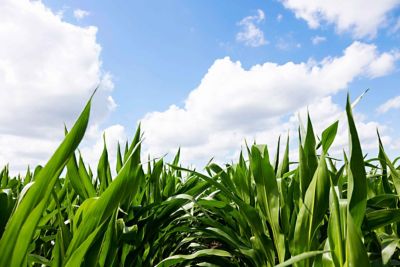4/19/2024
Crop and Fertilizer Management to Overcome Yield Barriers in Continuous Corn

Crop Insights
Written by Jeff Coulter, Ph.D.1 and Jeff Vetsch2, University of Minnesota. Research conducted as a part of the Pioneer Crop Management Research Awards (CMRA) Program.*
Key Points
- A two-year field study was conducted by Dr. Jeff Coulter and Jeff Vetsch of the University of Minnesota to identify management practices that increase yield, nitrogen use efficiency, and profitability in continuous corn.
- The study compared standard and advanced fertilizer management systems, each within normal and intensive agronomic management systems in southern Minnesota.
- The advanced fertilization program included P and K application based on grain removal and soil-test levels, surface banded starter fertilizers, a greater total N rate, and two in-season N applications.
- The intensive agronomic system included partial removal of the corn stover in the fall after grain harvest, planting a longer-season corn hybrid at a higher planting rate, and applying foliar fungicide at tasseling.
- Compared to the standard fertility program, the advanced fertilization program increased yield in both years and partial net return in one year. This was consistent in both agronomic management systems.
- The intensive agronomic system was advantageous to yield and profitability in both years.

The #1 Corn Seed Brand
See Why
1Jeff Coulter, Ph.D., Professor and Extension Agronomist, Univ. of Minnesota
2Jeff Vetsch, Researcher - Southern Research and Outreach Center, Univ. of Minnesota
*Research conducted by Jeff Coulter and Jeff Vetsch of the University of Minnesota, as a part of the Pioneer Crop Management Research Awards (CMRA) Program. This program provides funds for agronomic and precision farming studies by university and USDA cooperators throughout North America. The awards extend for up to four years and address crop management information needs of Pioneer agronomists, sales professionals, and customers.
The foregoing is provided for informational use only. Please contact your Pioneer sales professional for information and suggestions specific to your operation. Product performance is variable and depends on many factors such as moisture and heat stress, soil type, management practices and environmental stress as well as disease and pest pressures. Individual results may vary.
Pioneer® brand products are provided subject to the terms and conditions of purchase which are part of the labeling and purchase documents.


